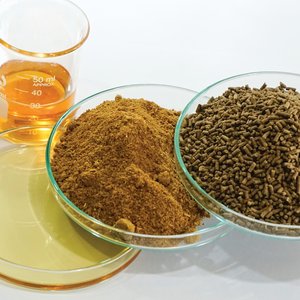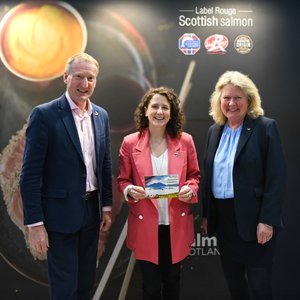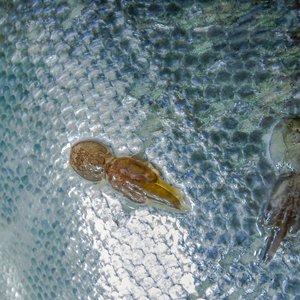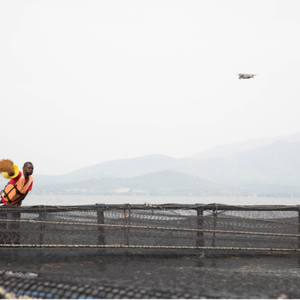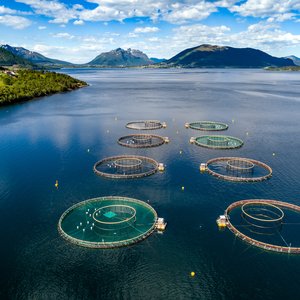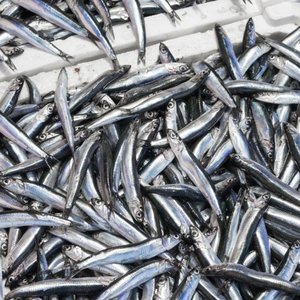A four-man flounder Sea Grant researcher team at North Carolina State University is turning up the heat on Southern flounder to produce all-female cultured stocks.
The controlled-breeding method relies on water temperature manipulation to control sex during the flounder's early development - not on genetic engineering. From a pure scientific perspective, their finding is important because most temperature-dependent sex determination has been documented in reptiles such as turtles and alligators, but the finding may have significant economic impact.
Russell Borski, a zoology professor and one of the research team members, notes that the production of all-female stocks will push the Southern flounder up a notch as a candidate for aquaculture in the United States. Studies show that female flounder grow two to three times larger than male flounder within two years. Given high consumer demand and world-market value, the ability to produce larger flounder in a short period of time could mean handsome investment returns. Clustered in the zoology department in the NC State College of Agriculture and Life Sciences, the team, along with Borski, includes fellow faculty members Harry Daniels and John Godwin and Adam Luckenbach, a doctoral student.
"Aquaculture can be a lucrative alternative to tobacco farming," says Daniels, who eyes tobacco greenhouses as potential settings for growing Southern flounder in recirculating systems. Not suited for outdoor pond culture, Southern flounder do better in the warm, protected greenhouse environment. There are no Southern flounder-farming operations that rear fish from egg to market-size anywhere in the U.S. Japan leads the way in technology for producing farm-reared flounder. They are rewarded with a market price that more than doubles that of hybrid striped bass, tilapia or trout.
"This research brings us one step closer to realizing profitable, large-scale aquaculture operations for Southern flounder," says Ronald G. Hodson, director of North Carolina Sea Grant, which has provided ongoing funding for the research.
Such operations also may hold economic potential for traditional commercial fishing. Reports of dwindling Southern flounder stocks by both national and state marine fisheries groups have resulted in more regulations - and less profit for commercial fishing fleets. In Japan, natural fisheries get a boost from the annual release of hatchery-reared juveniles. The use of farm-reared fish for stock enhancement is not on the policy agenda here. Should it become an option, then the NC State team's methods could be key to determining the optimal water temperature to produce fingerling populations with 50:50 female:male sex ratios for restocking efforts, says Godwin.
CONTACT: Russell Borski, North Carolina Sea Grant Researcher, Associate Professor of Zoology, North Carolina State University. Email: russell_borski@ncsu.edu
Advertisement


